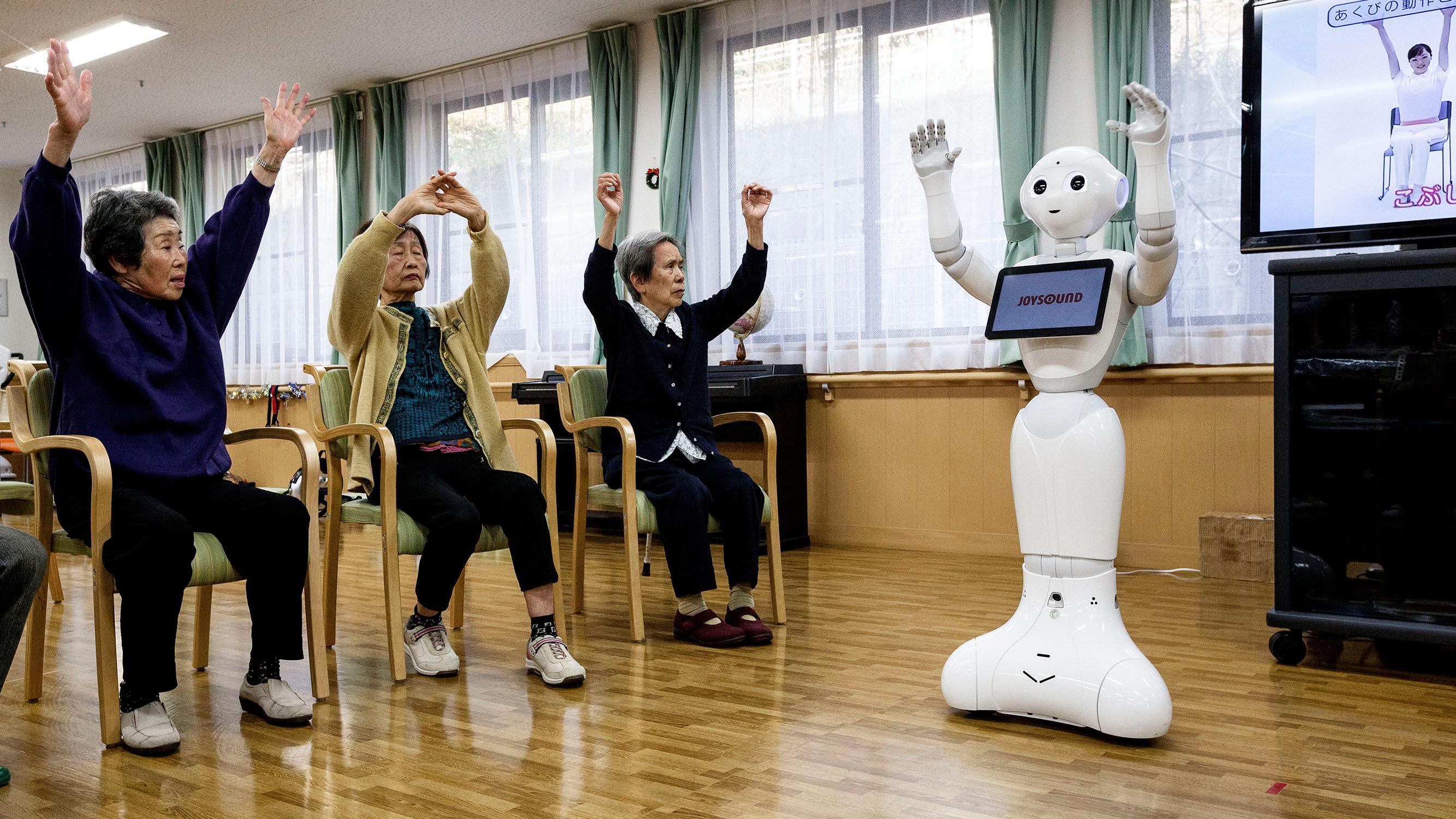
Sep
Robots & their Contribution to Aged Care

The Japanese government is looking to tech companies in hopes of dealing with the rapidly growing elderly population as well as the inevitability of a dwindling workforce in the coming years. That is why they are turning their attention to the use of elder care robots to be stationed in both nursing homes and private residences all over the country. The government is funding development of these robots to fill a projected loss of 380,000 specialized workers by 2025.
The Japanese labor ministry is doing all it can to spearhead the spread of robots in nursing homes and has already spent 5.2 billion yen introducing them to over 5,000 facilities all over the country. Countries around the world are also following suit and showing interest in these elder care robots. Aging populations is a growing issue not only in Japan but on a global scale and many governments are waking up and realizing something needs to be done and a lot of them are turning to Japanese companies for answers.
Although the idea of giving the job of caring for the elderly, a position normally seen to require a more sensitive, human touch, to robots may be unnerving to some, it is looked upon by many in Japan in a positive light most likely due to their friendly representation in the media. But that doesn’t mean companies aren’t being faced with a number of issues surrounding the production of these elder care robots: there’s the cost to bear in mind, issues regarding safety, and doubts surrounding how useful they’ll actually be. There is also the fear that these robots will eventually replace human caregivers in the future, although Japanese government officials have stressed that this is not the ultimate goal of production.
Having someone (or something) to talk to and converse with, will undoubtedly have a positive effect on not only the mood of elderly people but also brain function in general. These robots can aid in terms of fighting loneliness, depression, and even stave off Alzheimer’s. Paro, a furry robotic seal, is used as a “therapy animal” for seniors. They can pet it to get a response and can be used as a pet without the burden of normal living pets. Pepper, a more humanoid robot, is used to hold exercise classes, play games, and allow for conversation. Tree has the ability to guide those with mobility issues as it crawls along the ground showing residents where to place their next step and offering balance and support.
Not only do these elder care robots provide both physical and mental support to elderly persons living in homes or alone, they also remove some of the burdens placed on human caregivers and provide them with the time to handle more important tasks. The answer to the problem of future elder care is here and can be found in robots.



Sorry, the comment form is closed at this time.